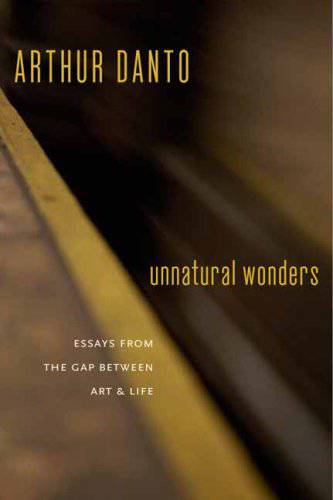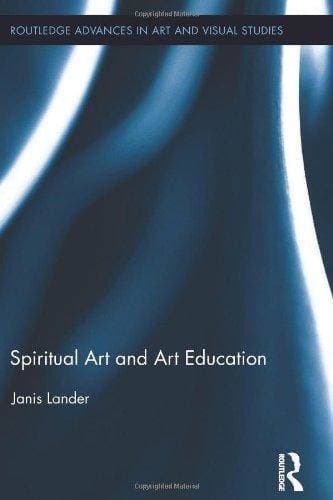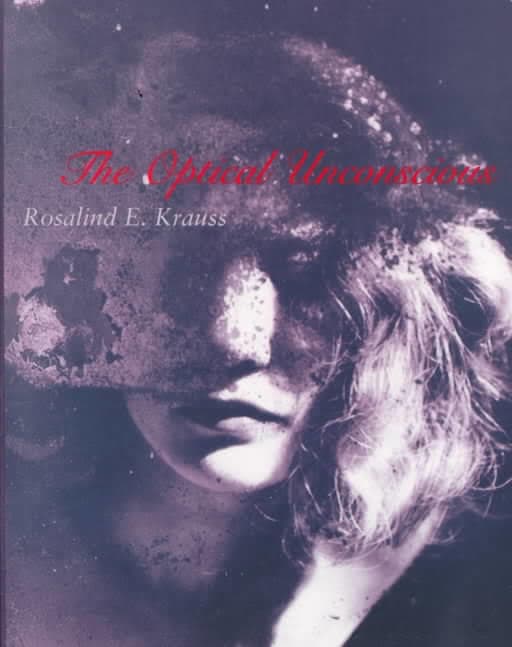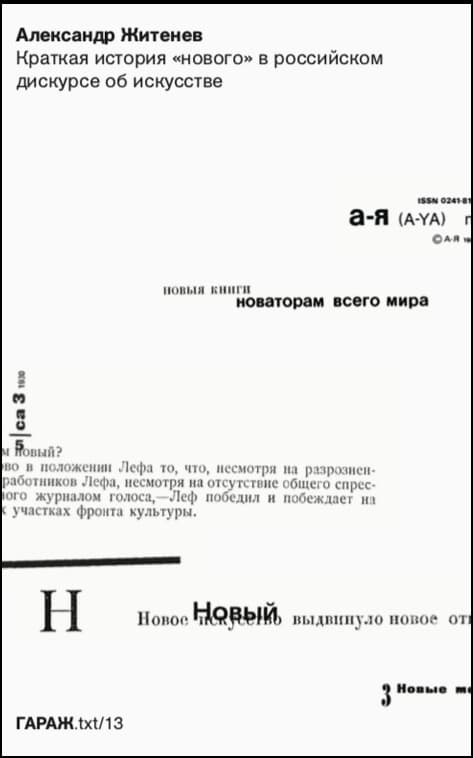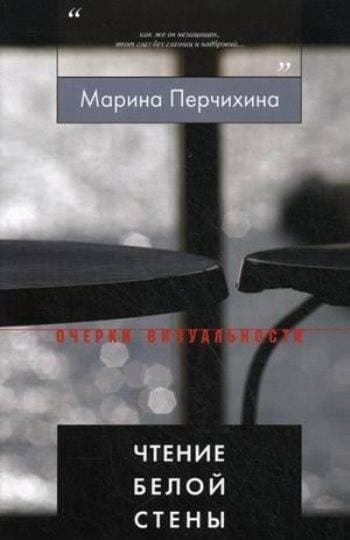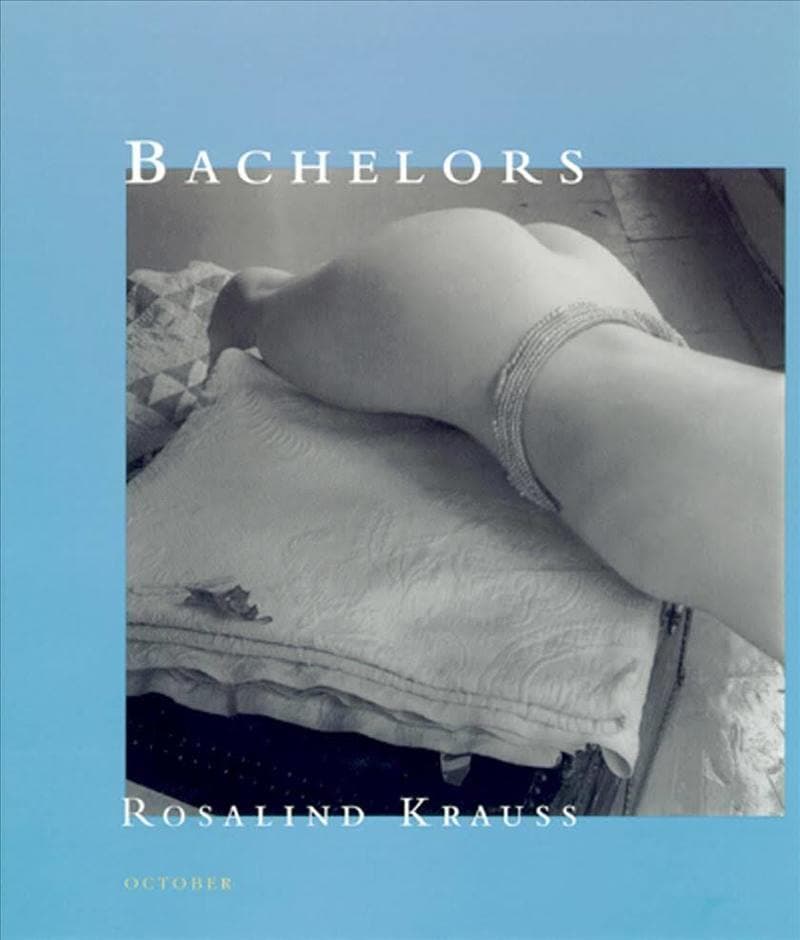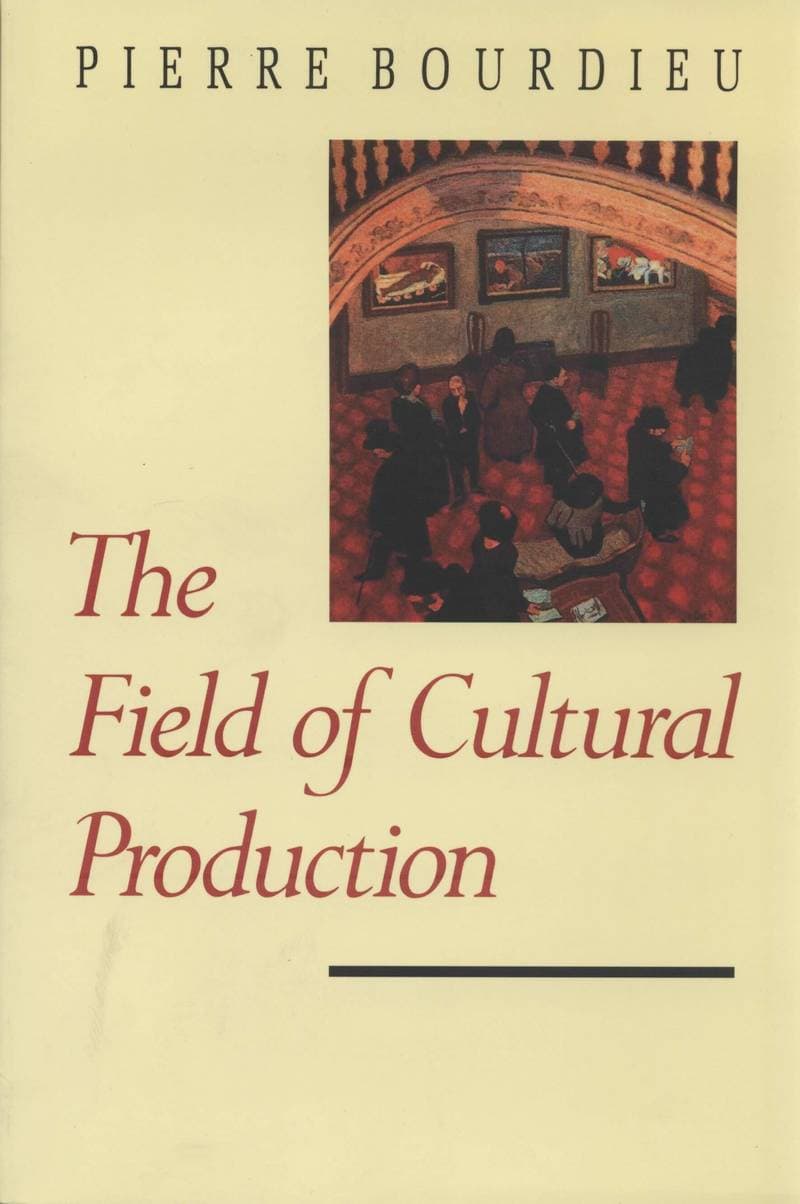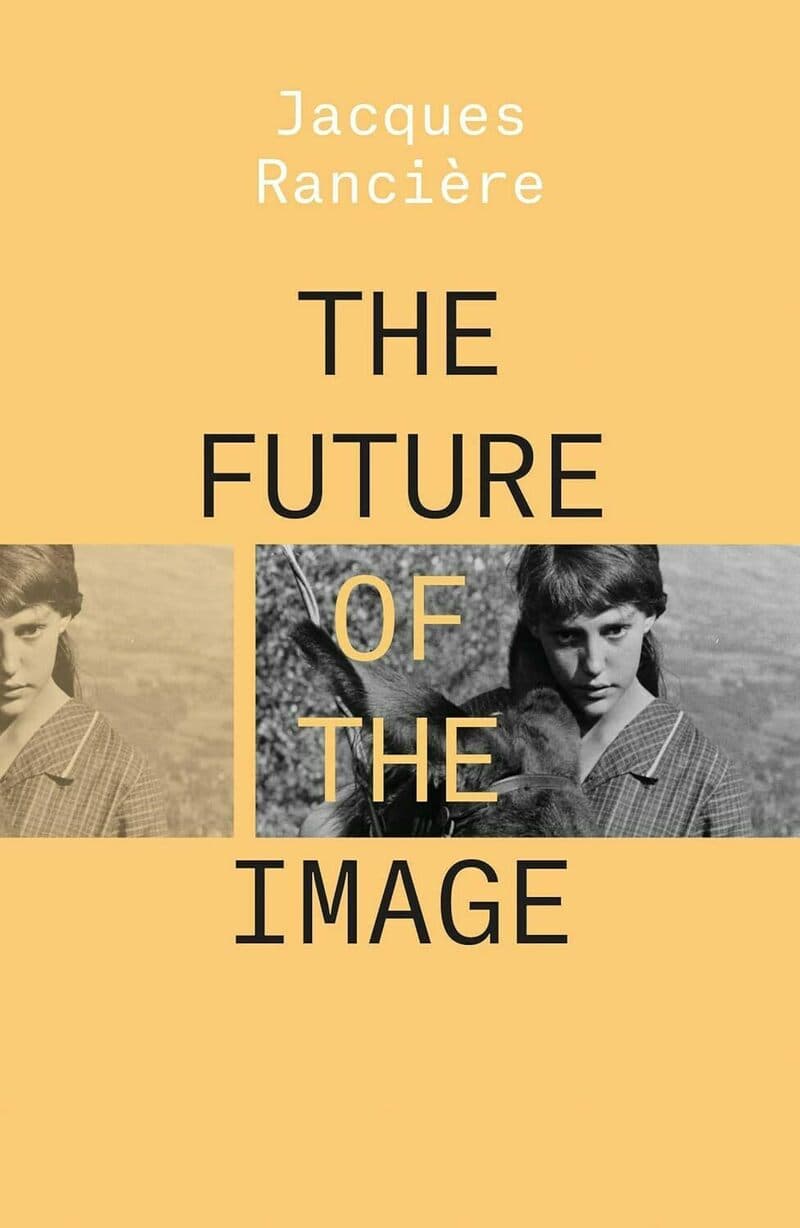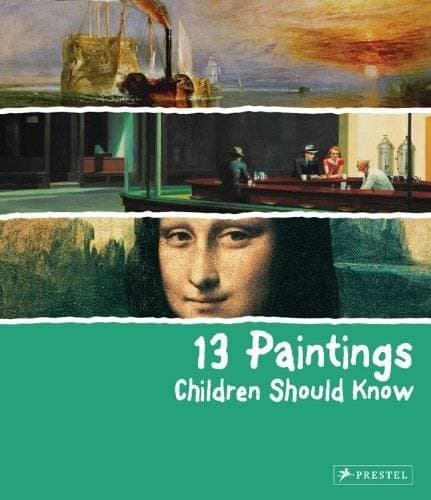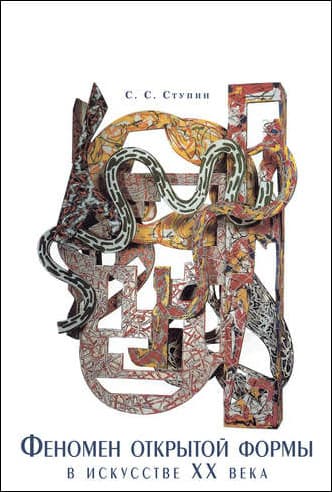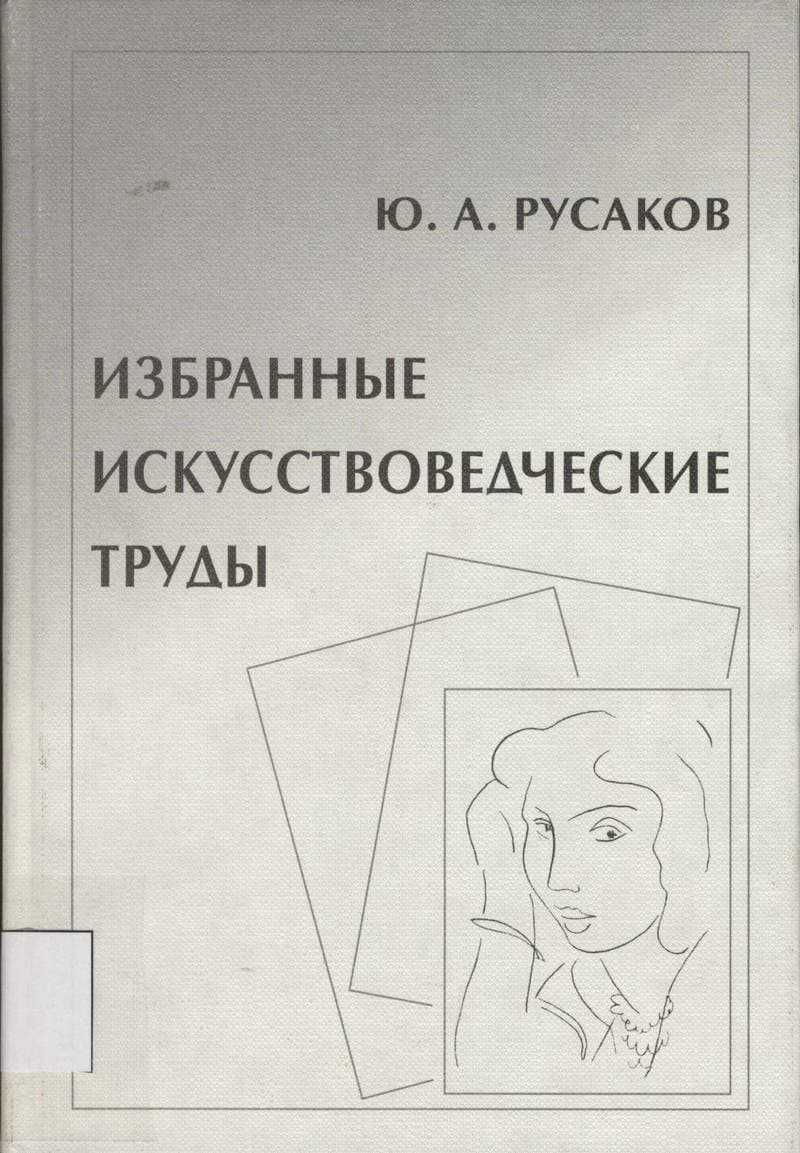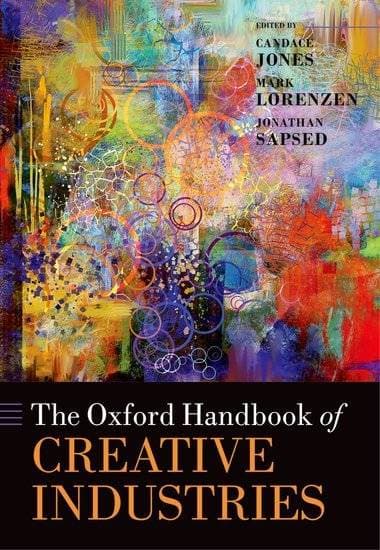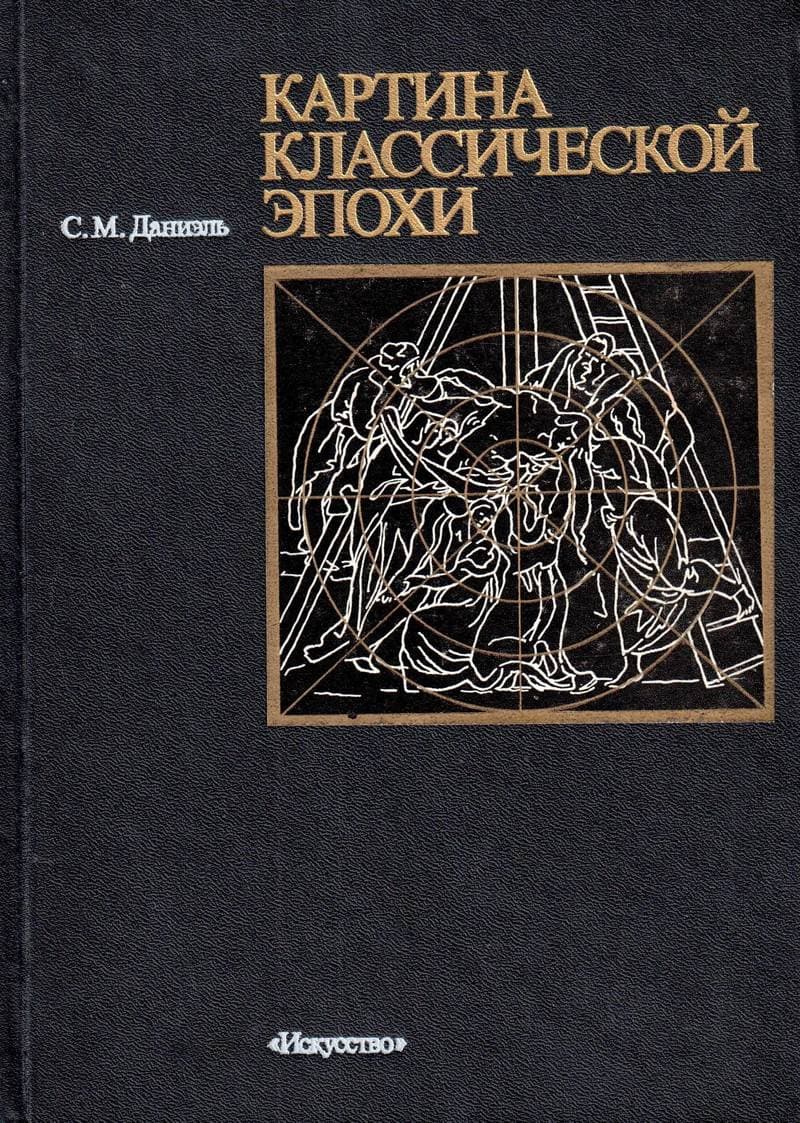Unnatural Wonders
Arthur C. Danto's essays not only critique bodies of work but reflect upon art's conceptual evolution as well, drawing for the reader a kind of “philosophical map” indicating how art and the criteria for judging it has changed over the twentieth century. In Unnatural Wonders the renowned critic finds himself at a point when contemporary art has become wholly pluralistic, even chaotic-with one medium as good as another-and when the moment for the “next thing” has already passed. So the theorist goes in search of contemporary art's most exhilarating achievements, work that bridges the gap between art and life, which, he argues, is now the definitive art of our time. Danto considers the work of such young artists as John Currin and Renee Cox and older living masters including Gerhard Richter and Sol LeWitt. He discusses artists of the New York School, like Philip Guston and Joan Mitchell, and international talents, such as the South African William Kentridge. Danto conducts a frank analysis of Matthew Barney's The Cremaster Cycle, Damien Hirst's skeletons and anatomical models, and Barbara Kruger's tchotchke-ready slogans; finds the ghost of Henry James in the work of Barnett Newman; and muses on recent Whitney Biennials and art influenced by 9/11. He argues that aesthetic considerations no longer play a central role in the experience and critique of art. Instead art addresses us in our humanity, as men and women who seek meaning in the “unnatural wonders” of art, a meaning that philosophy and religion are unable to provide.
Details
New York City
2005
384 pages
9780231141154
Available on request
No
No
701.2 Dan
1
- Spiritual Art and Art Education2014
- The Optical Unconscious1998
- Краткая история «нового» в российском дискурсе об искусстве2022
- Чтение белой стены2011
- Bachelors2000
- The Field of Cultural Production. Essays on Art and Literature1993
- The Future of the Image2019
- 13 Paintings Children Should Know2014
- Феномен открытой формы в искусстве ХХ века2012
- Избранные искусствоведческие труды2000
- The Oxford Handbook of Creative Industries2015
- Картина классической эпохи. Проблема композиции в западноевропейской живописи XVII века1986
